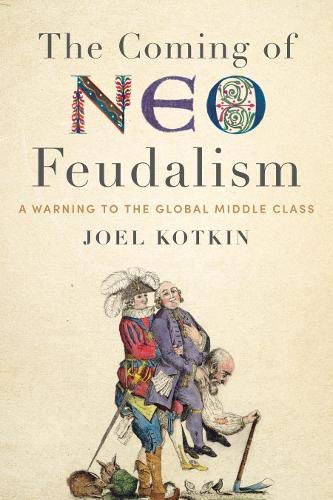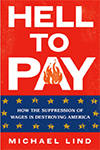With President Obama’s speech in Osawatomie, Kansas decrying the growing economic inequality and lack of upward mobility in America, the issue has finally arrived at the center of this year’s campaign debates. read more »
Housing
Let’s Level the Inter-generational Playing Field
- Login to post comments
Durban, Reducing Emissions and the Dimensions of Sustainability
The Durban climate change conference has come to an end, with the nations of the world approving the "Durban Platform," (Note 1) an agreement to agree later on binding greenhouse gas (GHG) reduction targets by 2020. read more »
Is Suburbia Doomed? Not So Fast.
This past weekend the New York Times devoted two big op-eds to the decline of the suburb. In one, new urban theorist Chris Leinberger said that Americans were increasingly abandoning “fringe suburbs” for dense, transit-oriented urban areas. read more »
Will You Still House Me When I'm 64?
In the song by the Beatles, the worry was about being fed and needed at 64. Things have changed. If the Beatles wrote those lyrics today, the worry instead might be about housing. read more »
Social Market Housing for the USA: Dream or Nightmare?
Imagine a future America where the home ownership rate climbs from the current 65%1 to 87%2. Libertarians as well as many social democrats would be cheering. Imagine that this rate was achieved by the state itself acting as the builder of 88%3 of the housing. Imagine also that the state imposes rules on home purchases to favor first time read more »
Is Industrial Strife a Sign of Housing Stress?
Industrial disputes – including a spate of on and off again strikes at national carrier Qantas – are becoming once again a frequent feature of the Australian media. Unions are pushing for wage rises in the face of the falling buying power of the fixed wage (as costs of living rise). Those wage push pressures are being resisted by businesses trying to stay afloat in a very ordinary domestic economy and amidst rising global competition. read more »
- Login to post comments
Domestic Migration: Returning to Normalcy?
Even as the troubled economy has continued to hobble along, there may be hints that the domestic migration patterns from before the Great Financial Crisis could be returning at least in some states. This is evident in the recent national interstate migration data from the American Community Survey. This analysis reviews annual interstate migration data from the beginning of the Great Financial Crisis to 2010, with broad comparisons to earlier (2001-2006) data from the Census Bureau population estimates program (Note 1). read more »
- Login to post comments
Occupy Wall Street: About D@%& Time!
"Privileged people don't march and protest; their world is safe and clean and governed by laws designed to keep them happy. I had never taken to the streets before; why bother? And for the first block or two I felt odd, walking in a mass of people, holding a stick with a placard..." Michael Brock in John Grisham's The Street Lawyer (Doubleday, 1998). read more »
More Americans Move to Detached Houses
In defiance of the conventional wisdom in the national media and among most planning professionals, Americans continue not only to prefer, but to move into single family detached houses. Data from the 2010 American Community Survey indicates that such housing attracted 79.2% of the new households in the 51 major metropolitan areas (over 1,000,000 population) over the past decade. read more »
HELP WANTED: The North Dakota Boom
The nation’s unemployment rate has been hovering at nearly nine percent since 2009. But not every state is suffering an employment crisis. In the remote, windswept state of North Dakota, job fairs often bustle with more recruiters than potential workers. The North Dakota unemployment rate hasn’t risen above five percent since 1987. In the state's oil country, unemployment hovers at around two percent, and pretty much everyone who wants a job—as long as they are old enough and not incarcerated—is employed. read more »




















